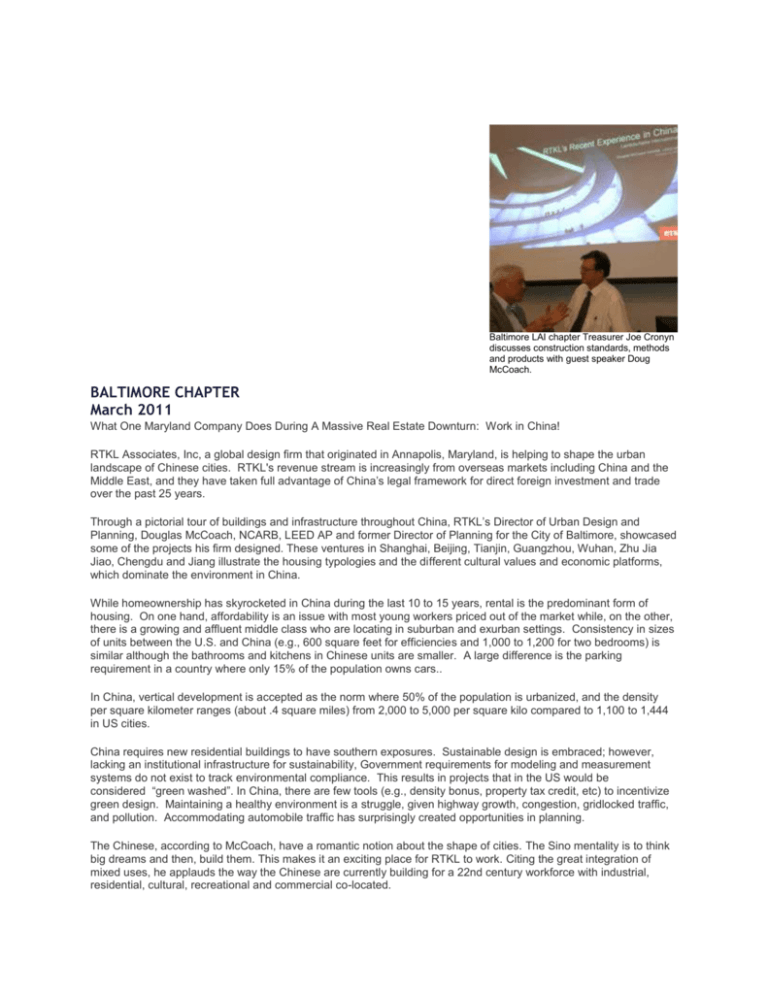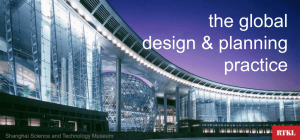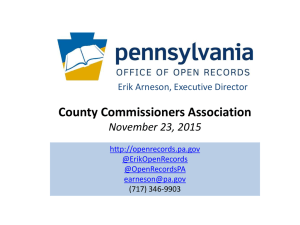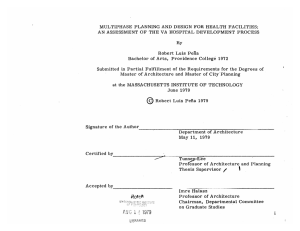BALTIMORE CHAPTER March 2011 Baltimore LAI chapter
advertisement

Baltimore LAI chapter Treasurer Joe Cronyn discusses construction standards, methods and products with guest speaker Doug McCoach. BALTIMORE CHAPTER March 2011 What One Maryland Company Does During A Massive Real Estate Downturn: Work in China! RTKL Associates, Inc, a global design firm that originated in Annapolis, Maryland, is helping to shape the urban landscape of Chinese cities. RTKL's revenue stream is increasingly from overseas markets including China and the Middle East, and they have taken full advantage of China’s legal framework for direct foreign investment and trade over the past 25 years. Through a pictorial tour of buildings and infrastructure throughout China, RTKL’s Director of Urban Design and Planning, Douglas McCoach, NCARB, LEED AP and former Director of Planning for the City of Baltimore, showcased some of the projects his firm designed. These ventures in Shanghai, Beijing, Tianjin, Guangzhou, Wuhan, Zhu Jia Jiao, Chengdu and Jiang illustrate the housing typologies and the different cultural values and economic platforms, which dominate the environment in China. While homeownership has skyrocketed in China during the last 10 to 15 years, rental is the predominant form of housing. On one hand, affordability is an issue with most young workers priced out of the market while, on the other, there is a growing and affluent middle class who are locating in suburban and exurban settings. Consistency in sizes of units between the U.S. and China (e.g., 600 square feet for efficiencies and 1,000 to 1,200 for two bedrooms) is similar although the bathrooms and kitchens in Chinese units are smaller. A large difference is the parking requirement in a country where only 15% of the population owns cars.. In China, vertical development is accepted as the norm where 50% of the population is urbanized, and the density per square kilometer ranges (about .4 square miles) from 2,000 to 5,000 per square kilo compared to 1,100 to 1,444 in US cities. China requires new residential buildings to have southern exposures. Sustainable design is embraced; however, lacking an institutional infrastructure for sustainability, Government requirements for modeling and measurement systems do not exist to track environmental compliance. This results in projects that in the US would be considered “green washed”. In China, there are few tools (e.g., density bonus, property tax credit, etc) to incentivize green design. Maintaining a healthy environment is a struggle, given highway growth, congestion, gridlocked traffic, and pollution. Accommodating automobile traffic has surprisingly created opportunities in planning. The Chinese, according to McCoach, have a romantic notion about the shape of cities. The Sino mentality is to think big dreams and then, build them. This makes it an exciting place for RTKL to work. Citing the great integration of mixed uses, he applauds the way the Chinese are currently building for a 22nd century workforce with industrial, residential, cultural, recreational and commercial co-located. The country is forward thinking, by making a massive investment in infrastructure (rail, highways and modernizing airports). Public infrastructure and facilities create a stimulus for “place making” and are symbols of the country's coming of age. A 25,000 mile high-speed rail network connecting China’s three major metropolitan areas is under construction In China's centrally planned economy, projects can be executed in a speedy manner that often carries a high social cost. Their rationale is there is a greater public good. Tara B. Clifford, Scribe









